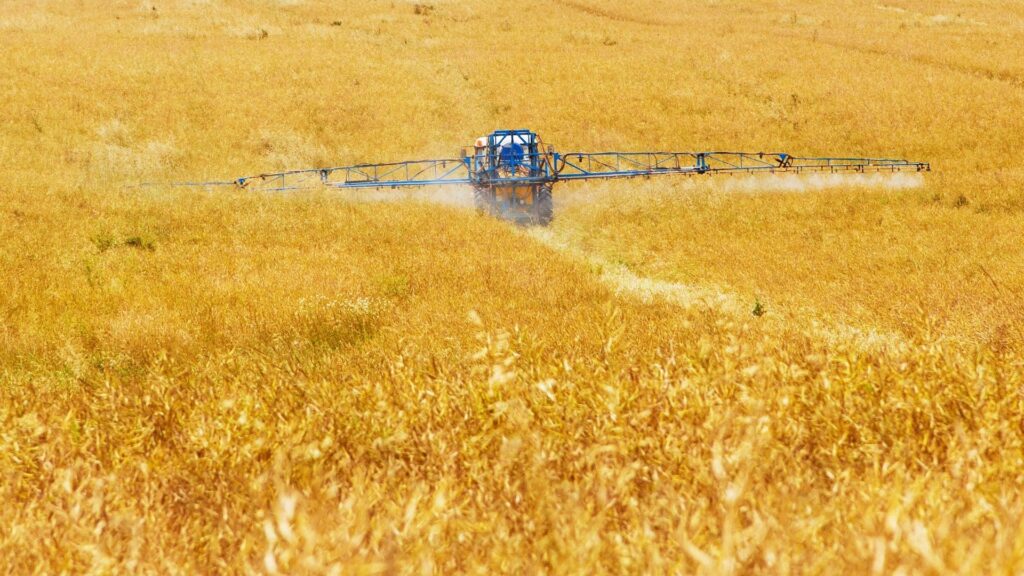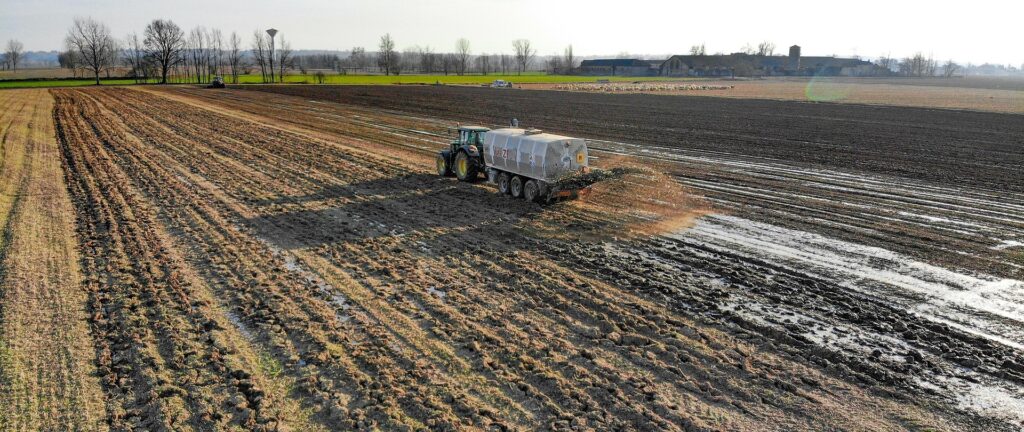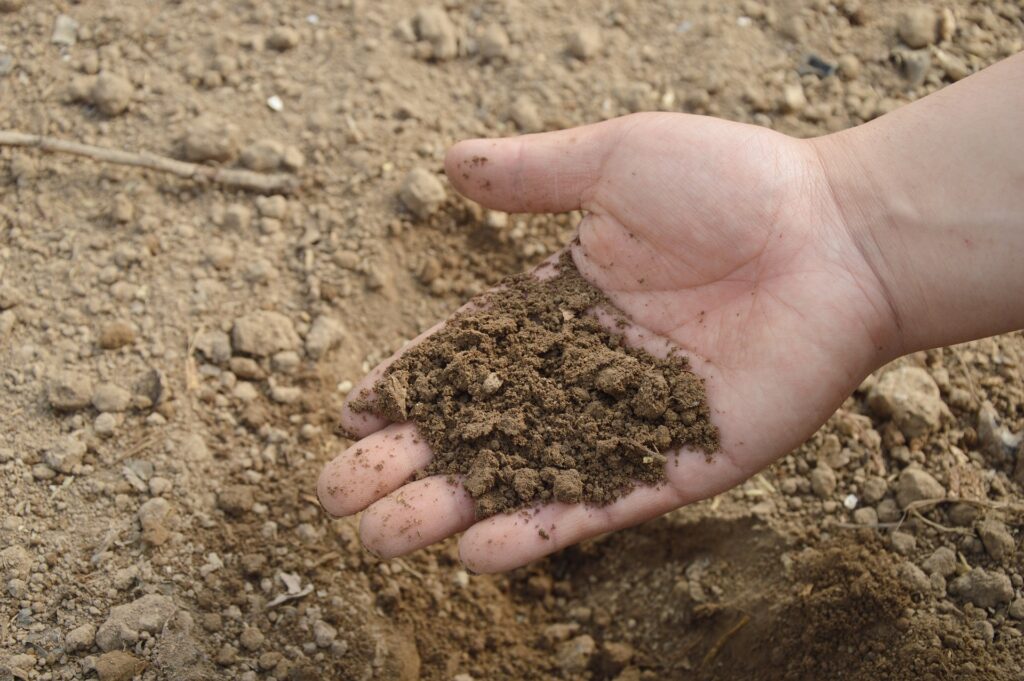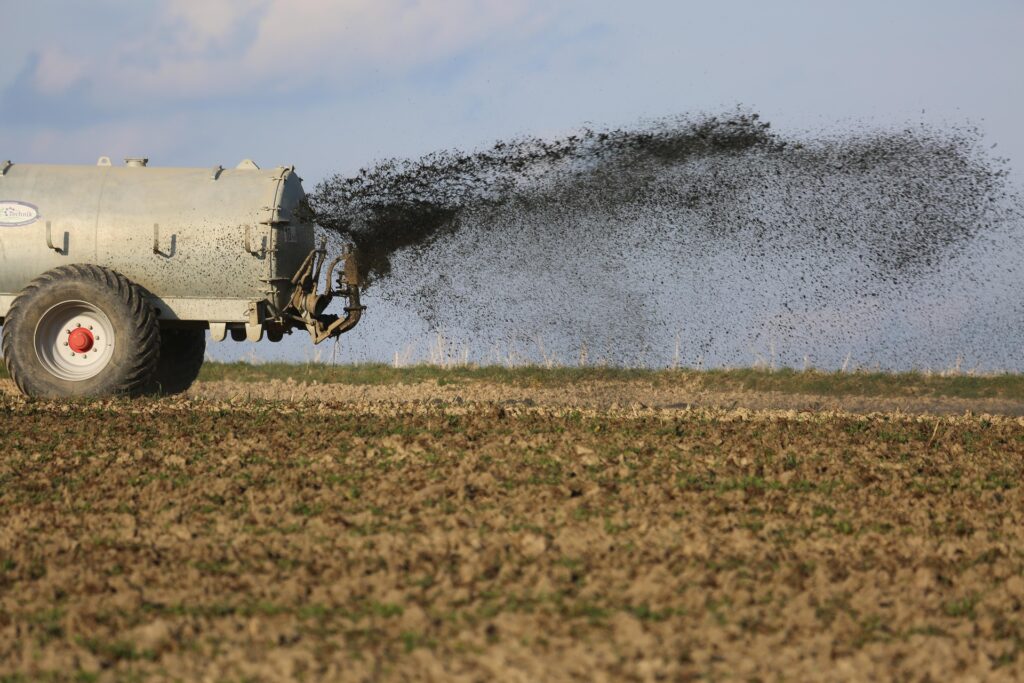Table of Contents
Introduction
In today’s world, where environmental sustainability is paramount, the importance of organic gardening is increasingly recognized. One of the most effective ways to enhance your gardening practices is through the use of organic fertilizers. DIY organic fertilizers not only promote healthy plant growth but also contribute to environmental sustainability. By making your own fertilizers, you can achieve personal fulfillment and professional growth in gardening or agriculture. This blog will explore the concept of DIY organic fertilizers, their benefits, types, preparation methods, personal development opportunities, and the future of sustainable gardening.
I. Understanding Organic Fertilizers
What are Organic Fertilizers?
Organic fertilizers are derived from natural sources and are used to enrich soil and provide essential nutrients to plants. Unlike synthetic fertilizers, which are chemically manufactured and may contain harmful substances, organic fertilizers are made from plant-based or animal-based materials. Common sources include compost, manure, bone meal, fish emulsion, and various kitchen scraps.

Comparison Between Organic and Synthetic Fertilizers
While both types of fertilizers serve the purpose of nourishing plants, there are significant differences:
- Nutrient Release: Organic fertilizers release nutrients slowly over time as they break down in the soil, promoting sustained growth. In contrast, synthetic fertilizers provide a quick nutrient boost but can lead to nutrient leaching and soil degradation if overused.
- Soil Health: Organic fertilizers improve soil structure and promote beneficial microbial activity. Synthetic fertilizers can disrupt this balance and lead to long-term soil health issues.
- Environmental Impact: Organic fertilizers reduce the risk of chemical runoff into waterways, which can harm aquatic ecosystems. Synthetic fertilizers often contribute to pollution through runoff.
Benefits of Using Organic Fertilizers
The advantages of using organic fertilizers extend beyond just plant health:
- Environmental Benefits: Organic fertilizers enhance soil health by improving its structure, increasing its ability to retain moisture, and promoting biodiversity. They help reduce chemical runoff into rivers and streams, protecting aquatic ecosystems.
- Health Benefits: Using organic fertilizers minimizes exposure to harmful chemicals for humans, pets, and wildlife. This is particularly important for those growing food for consumption.
- Sustainability: By using organic materials that would otherwise go to waste (like kitchen scraps), you contribute to a more sustainable food system.
II. Types of DIY Organic Fertilizers
Creating your own organic fertilizer can be simple and cost-effective. Here are some common ingredients and popular recipes for DIY organic fertilizers:
Common Ingredients for Homemade Fertilizers
- Banana Peels: Rich in potassium, banana peels help promote flowering and fruiting.
- Coffee Grounds: High in nitrogen and beneficial for acid-loving plants like tomatoes and blueberries.
- Eggshells: A great source of calcium that helps strengthen cell walls in plants.
- Compost: A mixture of decomposed organic matter that provides a balanced nutrient source.
- Weeds: Certain weeds can be used to create nutrient-rich teas.
Popular DIY Organic Fertilizer Recipes
1. Banana Peel Fertilizer
Ingredients: Banana peels
Preparation: Chop banana peels into small pieces and bury them in the soil around your plants or soak them in water for a few days to create a nutrient-rich liquid fertilizer.


2. Coffee Ground Fertilizer
Ingredients: Used coffee grounds
Preparation: Sprinkle used coffee grounds directly onto the soil or mix them into compost. They improve soil structure while providing nitrogen.
3. Eggshell Fertilizer
Ingredients: Cleaned eggshells
Preparation: Crush dried eggshells into a fine powder and sprinkle them around your plants or mix them into the compost pile to add calcium.
4. Compost Tea
Ingredients: Finished compost
Preparation: Steep a bag of compost in a bucket of water for 24-48 hours. Dilute with water before applying it to your plants as a liquid fertilizer.
5. Weed Tea
Ingredients: Freshly picked weeds (avoid flowering weeds)
Preparation: Fill a bucket with weeds, cover with water, and let it steep for 1-2 weeks until it ferments. Strain the liquid and dilute it before applying it to your garden.
III. The Process of Making DIY Organic Fertilizers
Step-by-Step Instructions
Making your own organic fertilizer is straightforward:
- Gather Materials: Collect kitchen scraps such as banana peels, coffee grounds, eggshells, or any other natural materials you wish to use.
- Prepare Ingredients: Depending on the type of fertilizer you’re making:
- Chop or crush ingredients as needed.
- For compost tea or weed tea, fill a container with water.
- Application Method:
- For solid fertilizers (like crushed eggshells), sprinkle around the base of plants.
- For liquid fertilizers (like compost tea), dilute with water (usually one part fertilizer to ten parts water) before applying.
- Storage: Store any unused liquid fertilizer in a cool place away from sunlight; solid materials can be kept in an airtight container.
Safety Considerations
When making DIY organic fertilizers:
- Ensure all materials are clean and free from contaminants.
- Avoid using diseased plant material or weeds that have gone to seed.
- Wear gloves when handling compost or any organic matter to prevent skin irritation.
IV. Personal Development through DIY Organic Fertilizers
Skills Gained
Engaging in DIY organic fertilizer production fosters valuable skills:
- Practical Gardening Skills: Understanding plant nutrition helps you become more effective at growing healthy plants.
- Resourcefulness: Learning how to turn waste into valuable resources enhances your ability to manage resources efficiently.
Mindset Shift


Creating your own fertilizers encourages a sustainable mindset:
- Adopting Sustainable Practices: You become more aware of how everyday actions impact the environment.
- Sense of Accomplishment: Successfully growing plants with homemade fertilizers fosters pride in self-sufficiency and sustainability.
V. Professional Opportunities Related to Organic Gardening
Career Paths in Sustainable Agriculture
The rise in interest toward sustainable practices has opened diverse career opportunities within the realm of permaculture:
- Horticulturist: Professionals who specialize in growing fruits, vegetables, flowers, or ornamental plants can integrate knowledge about organic fertilization into their practices.
- Organic Farm Manager: Overseeing operations on an organic farm requires knowledge about soil health and sustainable practices like DIY fertilization methods.
- Garden Educator: Teaching others about gardening techniques—including how to make their own organic fertilizers—can be fulfilling both personally and professionally.
Educational Resources
To pursue careers in this field:
- Consider obtaining certifications in organic gardening or sustainable agriculture through local agricultural colleges or online platforms.
- Participate in workshops that focus on permaculture principles or organic farming techniques.
VI. Challenges in DIY Organic Fertilizer Production
Common Obstacles


While making your own organic fertilizer is rewarding, it does come with challenges:
- Initial Learning Curve: Understanding plant needs regarding nutrients can take time; trial-and-error may be necessary as you learn what works best for your garden.
- Time Investment: Preparing homemade fertilizers requires time for gathering materials and allowing them to decompose or steep properly before application.
Long-Term Commitment
DIY organic fertilization is not just a one-time effort; it requires ongoing commitment:
- Continuous Experimentation: You may need to adjust recipes based on specific plant responses over time—this means being observant and adaptable as conditions change seasonally!
VII. The Future of DIY Organic Fertilizers
Emerging Trends in Sustainable Gardening
The future looks bright for sustainable gardening practices like DIY organic fertilization:
- Increased Interest Post-Pandemic: The COVID-19 pandemic has sparked renewed interest in home gardening as people seek self-sufficiency—leading many toward learning how they can grow their own food sustainably!
- Community Initiatives Promoting Sustainability: Many communities are establishing local gardens where residents can learn about growing food organically—including how to make their own natural fertilizers!
- Technological Innovations: New technologies are emerging that facilitate better understanding of soil health—such as apps that help gardeners track nutrient levels—making it easier than ever before for individuals interested in sustainable practices!
Global Impact
As awareness grows regarding environmental issues globally—DIY methods such as creating homemade organic fertilizers play an essential role by reducing reliance on chemical inputs while promoting healthier ecosystems!
Conclusion
Embracing DIY organic fertilizer production presents an exciting opportunity for personal fulfillment alongside professional success! By understanding its principles—recognizing its environmental benefits—developing essential skills—and navigating challenges effectively—individuals can find rewarding careers contributing positively towards society while achieving personal satisfaction!As we move forward into an ever-evolving landscape shaped by technological advancements alongside environmental considerations—now is an ideal time for those considering pursuing paths within this vital sector! Whether you’re passionate about design work or education—the world of permaculture offers pathways toward making meaningful contributions while fostering professional growth!